-
 Bitcoin
Bitcoin $108,962.3544
0.69% -
 Ethereum
Ethereum $2,563.3189
1.78% -
 Tether USDt
Tether USDt $1.0003
0.00% -
 XRP
XRP $2.2768
2.22% -
 BNB
BNB $661.4562
0.97% -
 Solana
Solana $151.7146
2.47% -
 USDC
USDC $1.0000
0.00% -
 TRON
TRON $0.2847
0.18% -
 Dogecoin
Dogecoin $0.1713
4.43% -
 Cardano
Cardano $0.5848
1.78% -
 Hyperliquid
Hyperliquid $39.5345
-0.06% -
 Sui
Sui $2.9384
1.25% -
 Bitcoin Cash
Bitcoin Cash $492.0864
1.54% -
 Chainlink
Chainlink $13.4271
1.89% -
 UNUS SED LEO
UNUS SED LEO $9.0294
0.07% -
 Avalanche
Avalanche $18.1886
1.61% -
 Stellar
Stellar $0.2430
2.48% -
 Toncoin
Toncoin $2.9054
6.05% -
 Shiba Inu
Shiba Inu $0.0...01186
3.57% -
 Litecoin
Litecoin $88.0187
1.46% -
 Hedera
Hedera $0.1574
1.38% -
 Monero
Monero $315.1335
0.11% -
 Polkadot
Polkadot $3.3994
1.47% -
 Dai
Dai $1.0000
0.00% -
 Ethena USDe
Ethena USDe $1.0002
0.01% -
 Bitget Token
Bitget Token $4.4220
0.86% -
 Uniswap
Uniswap $7.4330
7.03% -
 Pepe
Pepe $0.0...01010
4.10% -
 Aave
Aave $277.8377
2.41% -
 Pi
Pi $0.4572
-0.22%
What is a fractionalized nft?
Fractionalized NFTs enable shared ownership of high-value digital assets by dividing them into tradable parts, enhancing accessibility and liquidity in the market.
Jul 06, 2025 at 10:50 am
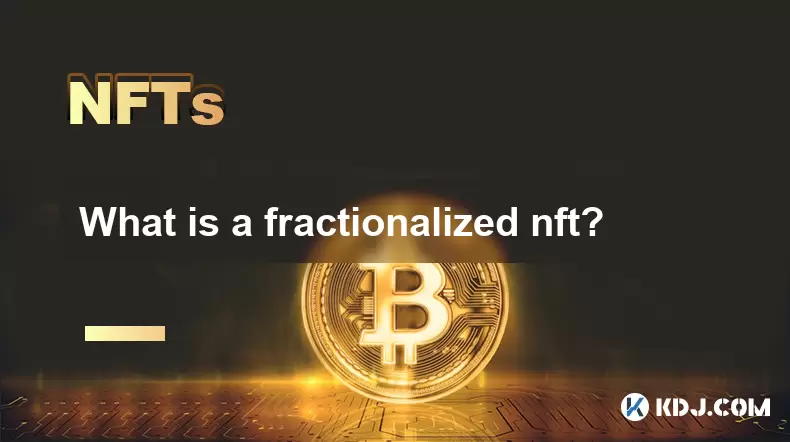
Understanding the Concept of Fractionalized NFTs
A fractionalized NFT refers to a process where a single non-fungible token (NFT) is divided into multiple smaller, tradable parts. These parts represent fractional ownership of the original NFT. This innovation allows high-value NFTs to be accessible to a broader audience by enabling shared ownership. Instead of one person owning an entire digital asset worth thousands or even millions of dollars, multiple individuals can own portions of it.
The concept leverages blockchain technology and smart contracts to ensure transparency and security in splitting and managing ownership rights. Each fraction is typically represented as a fungible token, often built on standards like ERC-20, while the original NFT remains locked in a decentralized vault or smart contract.
How Are NFTs Fractionalized?
Fractionalizing an NFT involves several technical steps executed through smart contracts:
- The owner of a valuable NFT initiates the process using a compatible platform.
- The NFT is transferred to a smart contract that locks it permanently.
- The smart contract then generates a predefined number of fungible tokens representing shares of the NFT.
- These tokens are distributed to the NFT owner or sold publicly via marketplaces.
Each of these tokens grants proportional ownership of the underlying NFT. For example, if someone owns 10% of the total supply of fractional tokens, they technically own 10% of the original NFT. Platforms like Fractional.art, Unicly, and DAOfi facilitate this process with varying degrees of customization and governance options.
Ownership Rights and Voting Power
When an NFT is fractionalized, the holders of the associated tokens gain certain rights tied to their percentage of ownership. These rights may include:
- Voting power over decisions such as whether to sell the NFT
- Revenue sharing from royalties or any income generated by the NFT
- Claiming a portion of the proceeds if the NFT is sold
These decisions are usually governed by a decentralized autonomous organization (DAO), where token holders vote on proposals. The voting weight is directly proportional to the number of fractional tokens held. It's important to note that ownership does not equate to control unless explicitly coded into the smart contract.
Some platforms allow creators or initial owners to retain veto power or set minimum price thresholds for sales, adding layers of complexity and flexibility in how fractionalized NFTs operate.
Use Cases and Market Applications
Fractionalized NFTs open up numerous possibilities within the digital economy:
- Collectibles: High-value collectibles like rare CryptoPunks or Bored Apes can be shared among fans.
- Digital Art: Expensive artworks from renowned artists can be owned collectively, allowing more people to invest.
- Virtual Real Estate: Plots in virtual worlds like Decentraland or The Sandbox can be jointly owned and monetized.
- Music and Royalties: Musicians can fractionalize ownership of songs or albums and distribute earnings proportionally.
This model lowers entry barriers for new investors and increases liquidity for previously illiquid assets. Additionally, it encourages community building around digital assets, fostering engagement and collective decision-making.
Risks and Considerations
Despite their potential, fractionalized NFTs come with risks that users must understand before participating:
- Smart Contract Vulnerabilities: Bugs or exploits in the code can lead to loss of funds or theft.
- Governance Challenges: Disagreements among token holders can stall decision-making processes.
- Regulatory Uncertainty: Fractional NFTs may fall under securities laws depending on jurisdiction, which could affect legality and compliance.
Users should thoroughly research the platforms they use, audit the smart contracts involved, and understand the legal implications in their region. It’s also crucial to evaluate the reputation and track record of the team behind the fractionalization project.
Frequently Asked Questions (FAQs)
Q: Can I reverse the fractionalization process?
Once an NFT is fractionalized, reversing the process is only possible if all fractional token holders agree to burn their tokens and unlock the original NFT.
Q: How are profits distributed when a fractionalized NFT is sold?
Profits are automatically distributed via smart contracts based on the proportion of tokens each holder owns at the time of sale.
Q: Are fractional NFTs taxable?
Yes, any gains from buying, selling, or holding fractional NFTs may be subject to capital gains tax depending on your local regulations.
Q: Can I fractionalize any NFT?
Most NFTs can be fractionalized, but compatibility depends on the platform and blockchain used. Some platforms support only specific NFT standards or blockchains like Ethereum or Solana.
Disclaimer:info@kdj.com
The information provided is not trading advice. kdj.com does not assume any responsibility for any investments made based on the information provided in this article. Cryptocurrencies are highly volatile and it is highly recommended that you invest with caution after thorough research!
If you believe that the content used on this website infringes your copyright, please contact us immediately (info@kdj.com) and we will delete it promptly.
- Litecoin Breakout Watch: What Traders Need to Know Now
- 2025-07-06 16:50:13
- Bitcoin, Solana, Ethereum: Decoding the Latest Buzz on the Blockchain
- 2025-07-06 16:50:13
- Widnes Resident's 50p Could Be Your Ticket to Easy Street: Rare Coin Mania!
- 2025-07-06 16:55:13
- Bitcoin, Solaris Presale, and Token Rewards: What's the Buzz?
- 2025-07-06 16:55:13
- Ethereum Under Pressure: Price Drop Amid Global Uncertainties
- 2025-07-06 17:00:13
- XRP, SEC Case, and Prosperity: A New Era for XRP Holders?
- 2025-07-06 17:10:13
Related knowledge
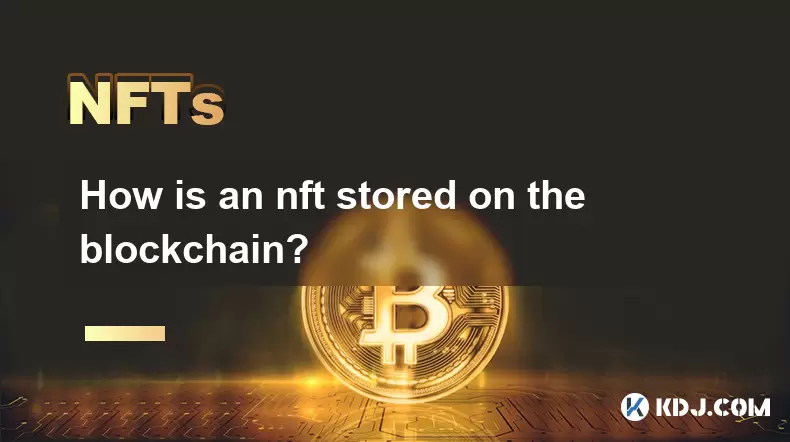
How is an nft stored on the blockchain?
Jul 01,2025 at 04:07am
How Is an NFT Stored on the Blockchain?Non-Fungible Tokens (NFTs) have revolutionized how digital assets are owned, verified, and transferred. Understanding how an NFT is stored on the blockchain provides clarity on its uniqueness, immutability, and traceability. Understanding the Basic Structure of an NFTAn NFT is a unique token that represents ownersh...
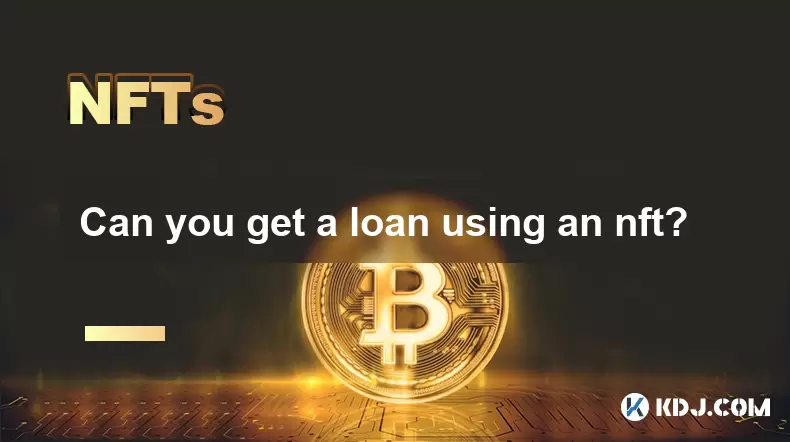
Can you get a loan using an nft?
Jul 05,2025 at 07:32pm
Understanding the Concept of NFT-Based LoansThe idea of using an NFT as collateral for a loan has gained traction in the decentralized finance (DeFi) space. NFTs, or non-fungible tokens, represent unique digital assets on the blockchain. While they are often associated with digital art, collectibles, and virtual real estate, their utility is expanding i...

What is a fractionalized nft?
Jul 06,2025 at 10:50am
Understanding the Concept of Fractionalized NFTsA fractionalized NFT refers to a process where a single non-fungible token (NFT) is divided into multiple smaller, tradable parts. These parts represent fractional ownership of the original NFT. This innovation allows high-value NFTs to be accessible to a broader audience by enabling shared ownership. Inst...
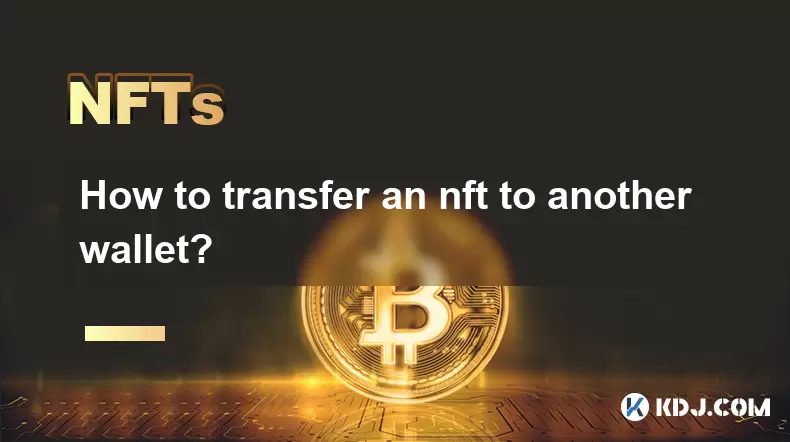
How to transfer an nft to another wallet?
Jul 01,2025 at 10:21am
Understanding the Basics of NFT TransfersTransferring an NFT (Non-Fungible Token) from one wallet to another is a common operation in the blockchain space. Before proceeding, it's crucial to understand what an NFT represents: a unique digital asset stored on a blockchain, typically Ethereum or other compatible chains like Binance Smart Chain or Solana. ...
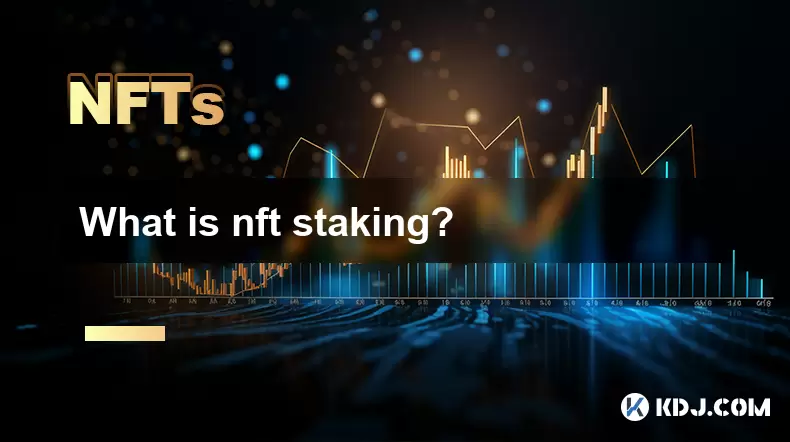
What is nft staking?
Jul 05,2025 at 07:16pm
Understanding the Concept of NFT StakingNFT staking refers to the process where users lock up their non-fungible tokens (NFTs) in a blockchain-based platform or smart contract to earn rewards. This mechanism is similar to traditional cryptocurrency staking, but instead of locking fungible tokens like ETH or SOL, users stake unique digital assets represe...
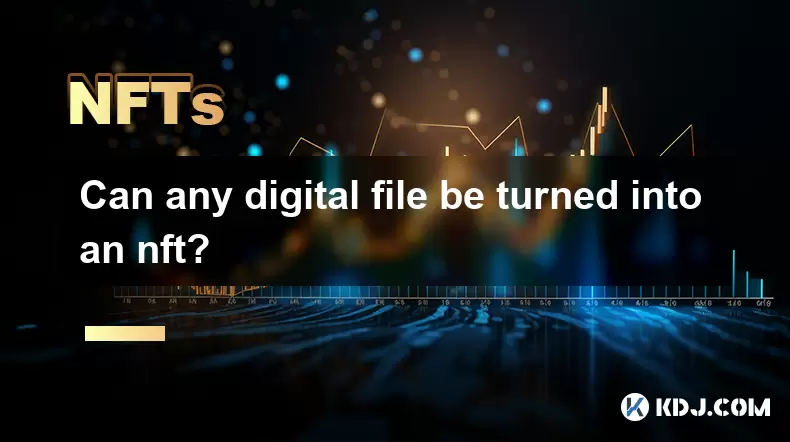
Can any digital file be turned into an nft?
Jul 01,2025 at 07:00am
Understanding the Concept of NFTsAn NFT (Non-Fungible Token) is a unique digital certificate of ownership stored on the blockchain. Unlike cryptocurrencies such as Bitcoin or Ethereum, which are fungible and interchangeable, NFTs represent one-of-a-kind assets that cannot be replicated or replaced. These tokens can represent various types of digital fil...

How is an nft stored on the blockchain?
Jul 01,2025 at 04:07am
How Is an NFT Stored on the Blockchain?Non-Fungible Tokens (NFTs) have revolutionized how digital assets are owned, verified, and transferred. Understanding how an NFT is stored on the blockchain provides clarity on its uniqueness, immutability, and traceability. Understanding the Basic Structure of an NFTAn NFT is a unique token that represents ownersh...

Can you get a loan using an nft?
Jul 05,2025 at 07:32pm
Understanding the Concept of NFT-Based LoansThe idea of using an NFT as collateral for a loan has gained traction in the decentralized finance (DeFi) space. NFTs, or non-fungible tokens, represent unique digital assets on the blockchain. While they are often associated with digital art, collectibles, and virtual real estate, their utility is expanding i...

What is a fractionalized nft?
Jul 06,2025 at 10:50am
Understanding the Concept of Fractionalized NFTsA fractionalized NFT refers to a process where a single non-fungible token (NFT) is divided into multiple smaller, tradable parts. These parts represent fractional ownership of the original NFT. This innovation allows high-value NFTs to be accessible to a broader audience by enabling shared ownership. Inst...

How to transfer an nft to another wallet?
Jul 01,2025 at 10:21am
Understanding the Basics of NFT TransfersTransferring an NFT (Non-Fungible Token) from one wallet to another is a common operation in the blockchain space. Before proceeding, it's crucial to understand what an NFT represents: a unique digital asset stored on a blockchain, typically Ethereum or other compatible chains like Binance Smart Chain or Solana. ...

What is nft staking?
Jul 05,2025 at 07:16pm
Understanding the Concept of NFT StakingNFT staking refers to the process where users lock up their non-fungible tokens (NFTs) in a blockchain-based platform or smart contract to earn rewards. This mechanism is similar to traditional cryptocurrency staking, but instead of locking fungible tokens like ETH or SOL, users stake unique digital assets represe...

Can any digital file be turned into an nft?
Jul 01,2025 at 07:00am
Understanding the Concept of NFTsAn NFT (Non-Fungible Token) is a unique digital certificate of ownership stored on the blockchain. Unlike cryptocurrencies such as Bitcoin or Ethereum, which are fungible and interchangeable, NFTs represent one-of-a-kind assets that cannot be replicated or replaced. These tokens can represent various types of digital fil...
See all articles

























































































